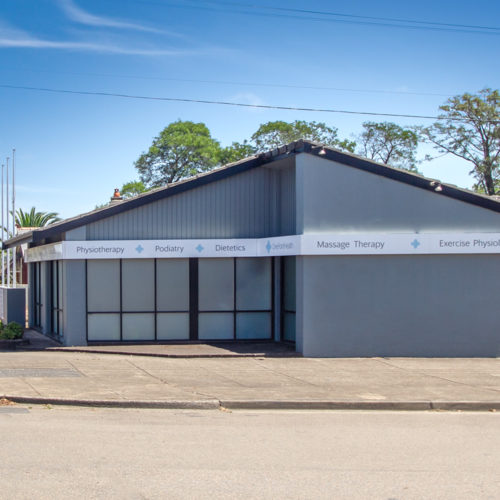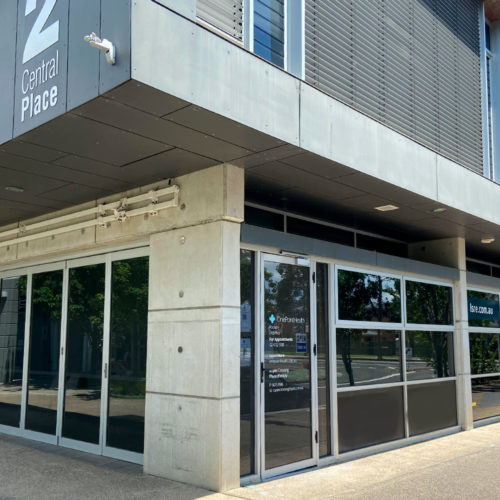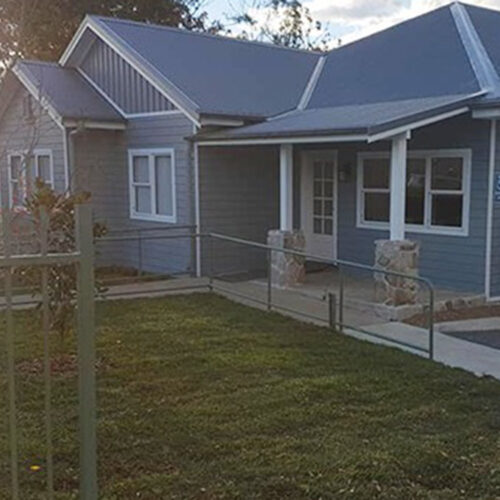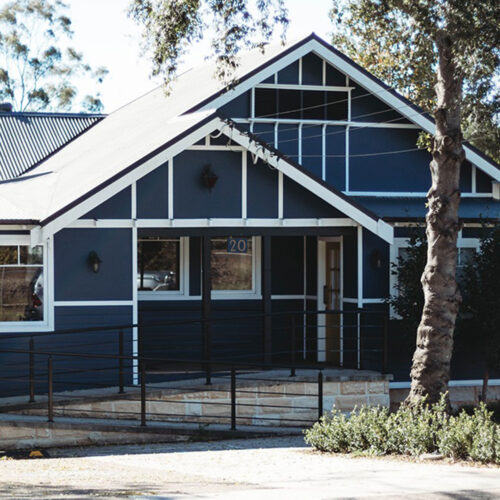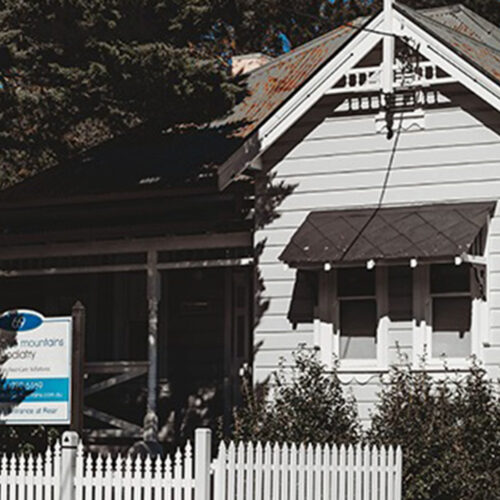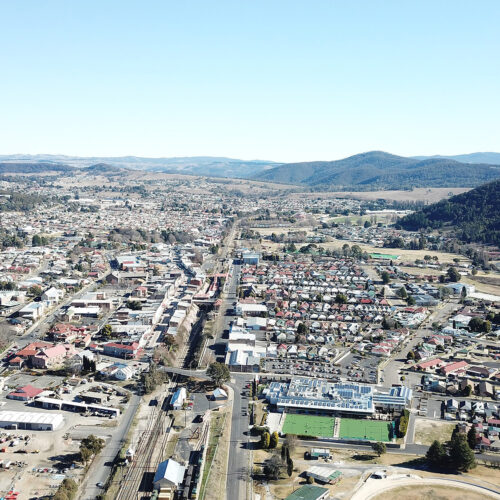What is frozen shoulder?
Frozen shoulder is when you have an inability to lift your arm in all directions. There are four phases of frozen shoulder:
1. Freezing/Painful phase
3. Frozen phase
4. Thawing phase
Signs and symptoms of frozen shoulder
The biggest sign of frozen shoulder is restriction of range and significant pain. External rotation of the shoulder is the most commonly affected movement. Commonly people experience a constant dull ache and sharp pain if they move too quickly. For women you may have difficulty putting your bra on and for males you may have difficulty getting your wallet out of your pocket.
The limitation in movement affects both active and passive range of motion. That means that your movement is restricted at the shoulder joint both when you try to move your own arm and when someone else (such as a physiotherapist) tries to move your arm for you.
What causes frozen shoulder?
The exact cause is not fully understood and in certain cases the cause is unknown. Some factors that may be linked to developing frozen shoulder include:
- Diabetes
- Menopause
- Family history
- Age
- Females are more predisposed
What is known is there is an increased risk of developing frozen shoulder if you spend some time of decreased movement of the shoulder such as people who wear a sling from surgery or trauma.
Conservative treatment
Treatment involves pain management and maintaining as much range of motion as possible. This can include manual therapy and exercise prescription for strength and range. Commonly the pain will alleviate when heat is applied to the area. Injection therapy may be used for management in some cases.

